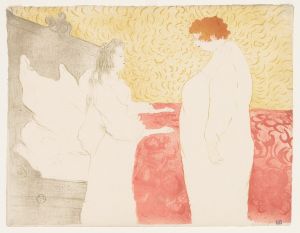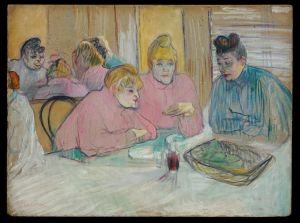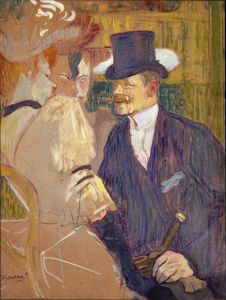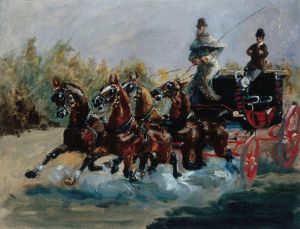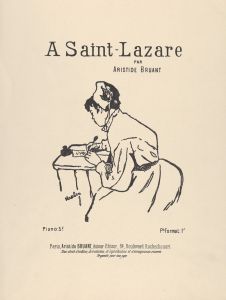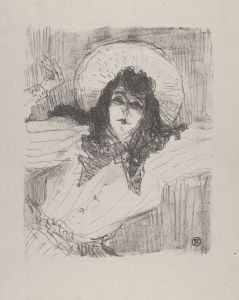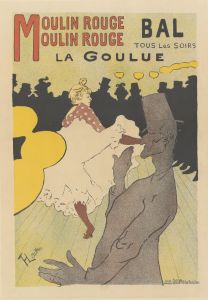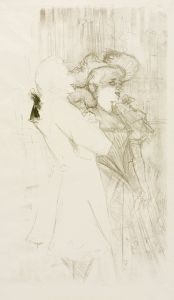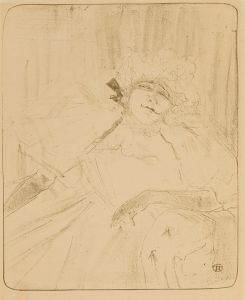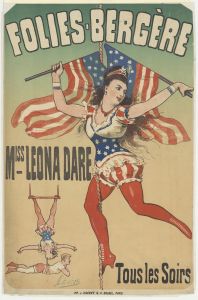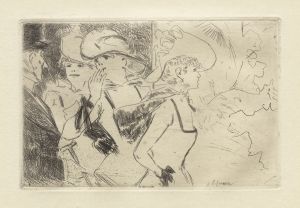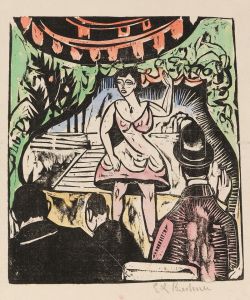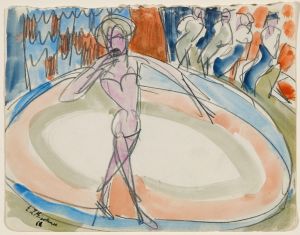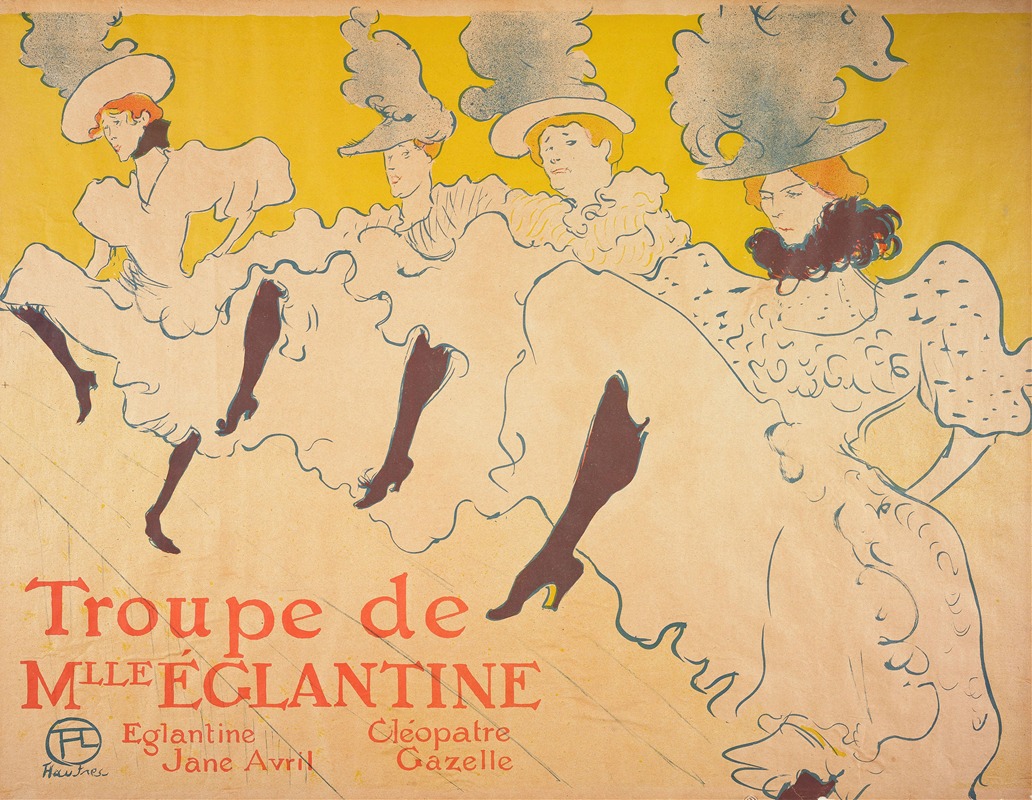
Mademoiselle Eglantine’s Troupe
A hand-painted replica of Henri de Toulouse-Lautrec’s masterpiece Mademoiselle Eglantine’s Troupe, meticulously crafted by professional artists to capture the true essence of the original. Each piece is created with museum-quality canvas and rare mineral pigments, carefully painted by experienced artists with delicate brushstrokes and rich, layered colors to perfectly recreate the texture of the original artwork. Unlike machine-printed reproductions, this hand-painted version brings the painting to life, infused with the artist’s emotions and skill in every stroke. Whether for personal collection or home decoration, it instantly elevates the artistic atmosphere of any space.
Henri de Toulouse-Lautrec, a prominent French painter, printmaker, and illustrator, is renowned for his depictions of the vibrant and often bohemian nightlife of Paris in the late 19th century. Among his many works, "Mademoiselle Eglantine’s Troupe" stands out as a vivid portrayal of the dance culture that thrived in the city during this period. Created in 1896, this piece captures the essence of the cabaret scene, which was a significant aspect of Parisian entertainment at the time.
"Mademoiselle Eglantine’s Troupe" is a color lithograph that showcases a group of can-can dancers performing on stage. The can-can, a high-energy and physically demanding dance, was immensely popular in the cabarets and dance halls of Paris, particularly at venues like the Moulin Rouge. Toulouse-Lautrec's work often focused on such settings, where he found inspiration in the lively atmosphere and the diverse characters who frequented these establishments.
The lithograph features four dancers, each captured in mid-movement, their skirts swirling around them in a dynamic display of motion. Toulouse-Lautrec's use of bold lines and vibrant colors brings the scene to life, emphasizing the exuberance and vitality of the performance. The dancers' expressions and postures convey a sense of joy and freedom, reflecting the spirit of the can-can and the liberation it represented for both performers and audiences.
Toulouse-Lautrec was known for his keen observational skills and his ability to capture the nuances of human expression and movement. In "Mademoiselle Eglantine’s Troupe," he demonstrates this talent by focusing on the individuality of each dancer, despite the uniformity of their costumes. This attention to detail highlights his interest in the personalities and stories of the people he depicted, offering viewers a glimpse into the lives of the performers beyond the stage.
The artist's connection to the world of cabaret was not merely professional; he was a regular patron of these establishments and formed close relationships with many of the performers. This personal involvement allowed him to portray his subjects with authenticity and empathy, qualities that are evident in "Mademoiselle Eglantine’s Troupe." Toulouse-Lautrec's work provides a unique historical record of the Parisian nightlife of his time, capturing the essence of an era that was characterized by artistic innovation and cultural change.
"Mademoiselle Eglantine’s Troupe" is part of a larger body of work by Toulouse-Lautrec that documents the entertainment culture of Montmartre, a district in Paris known for its artistic community and vibrant nightlife. His lithographs, posters, and paintings from this period offer valuable insights into the social dynamics and cultural trends of the late 19th century.
Today, Toulouse-Lautrec's works, including "Mademoiselle Eglantine’s Troupe," are celebrated for their artistic merit and historical significance. They continue to be studied and admired for their innovative use of color and composition, as well as their ability to convey the energy and excitement of a bygone era. Through his art, Toulouse-Lautrec has left an enduring legacy that captures the spirit of Paris at the height of its cultural renaissance.





